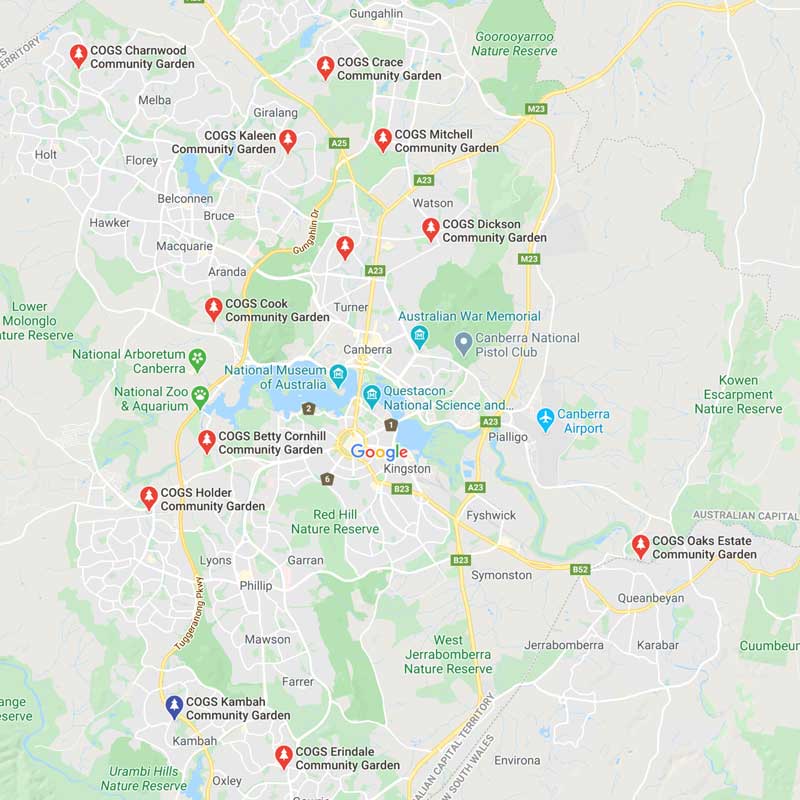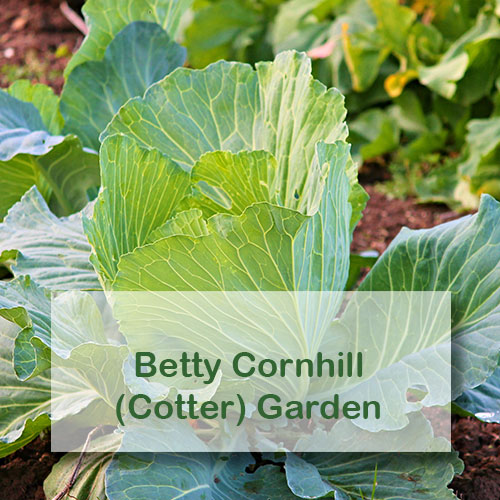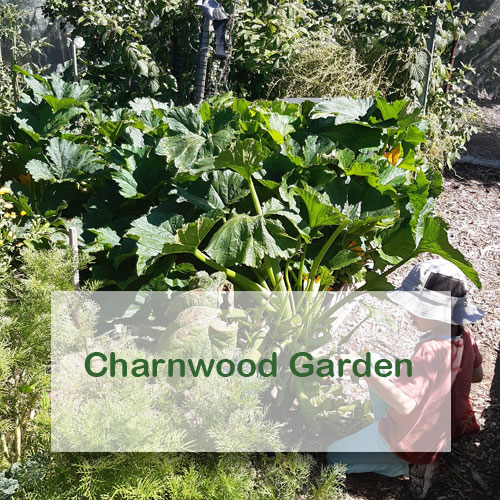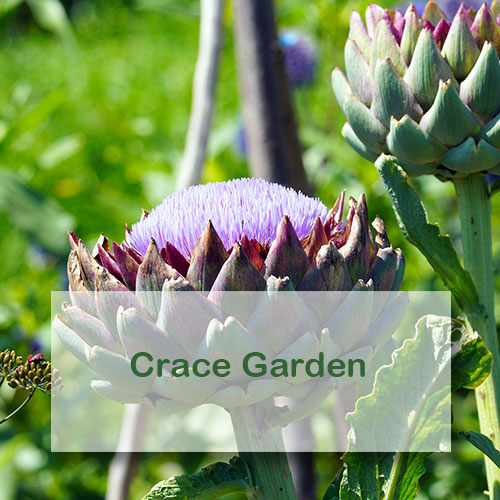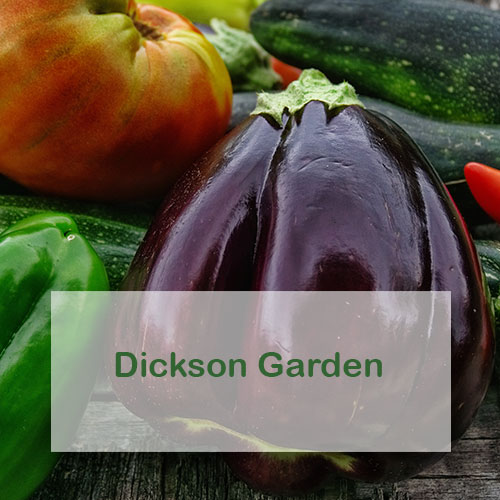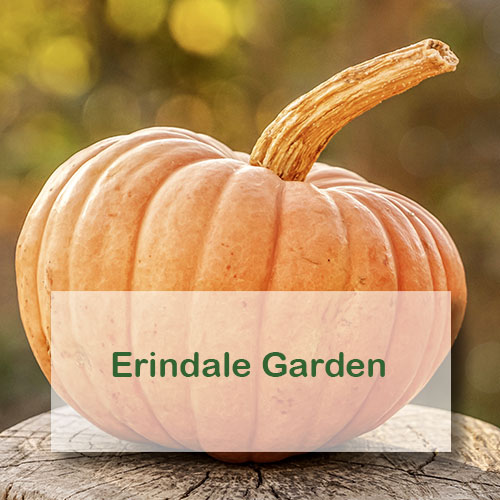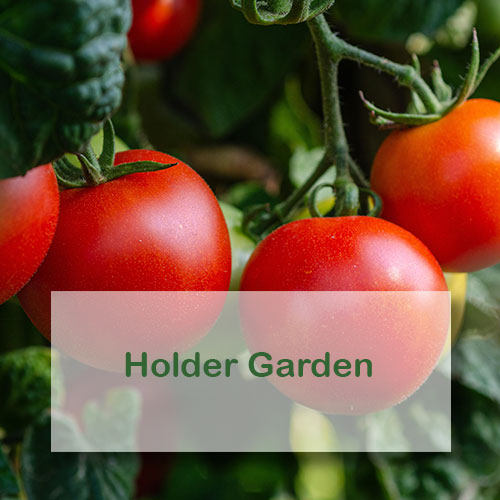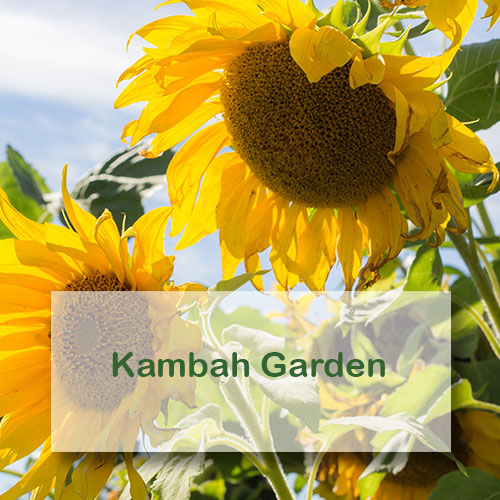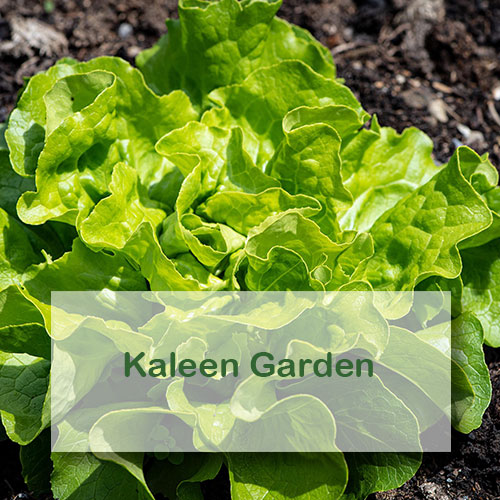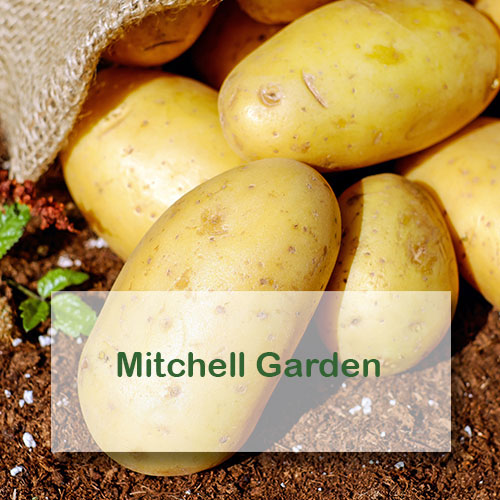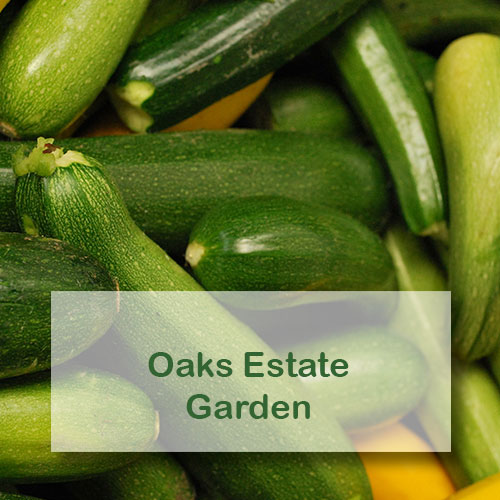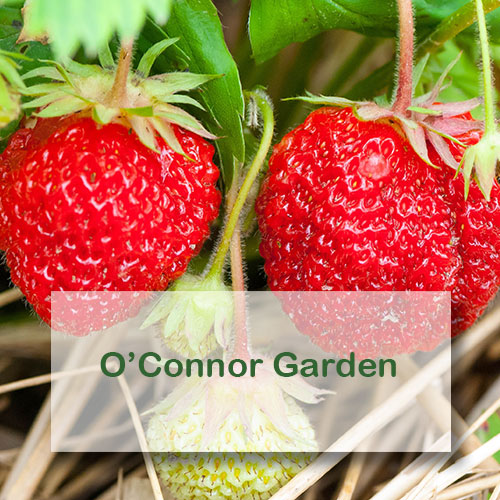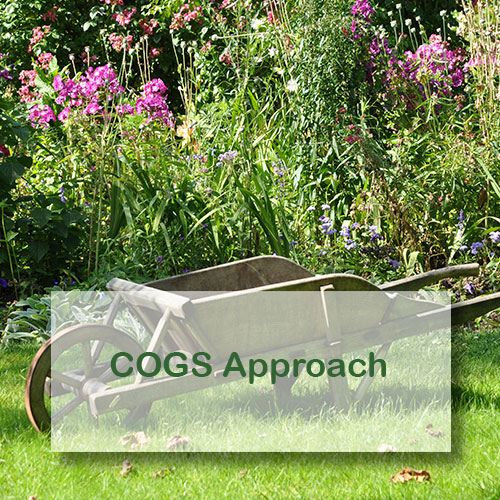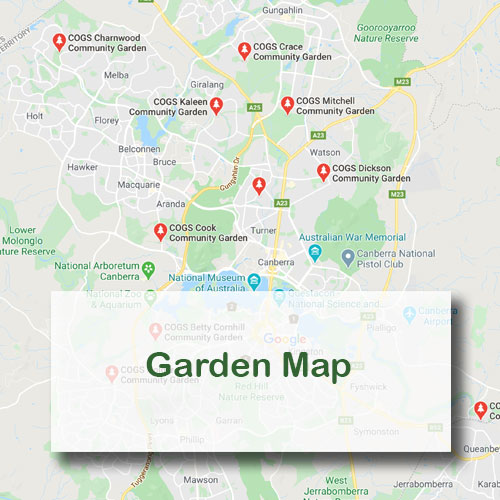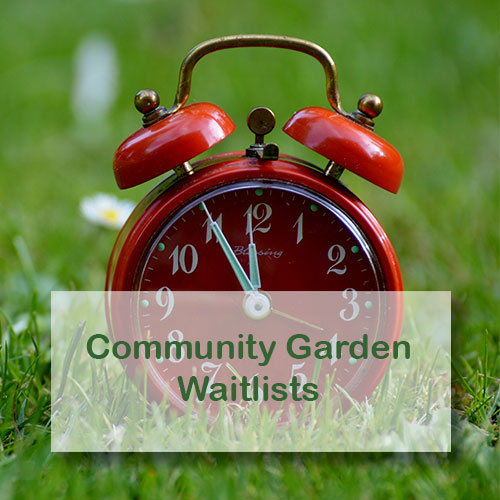About The Gardens
COGS operates twelve community gardens in the ACT region, at Charnwood, Crace, Cook, Cotter, Dickson, Erindale, Holder, Kaleen, Kambah, Mitchell, Oaks Estate and O’Connor. These gardens are dedicated to the application of organic principles and practices and promoting the spirit of community within each garden as well as fulfilling COGS objectives in the wider community.
Each garden has its own character, but all are consistent in their dedication to the strict application of organic principles and practices and promoting a sense of community through cooperation, sharing of know-how and resources and connection to the wider community.
The community gardens are a great way to learn about organic gardening, grow fruit and vegetables for you and your family and connect with fellow gardeners.
Most of the COGS Community Gardens maintain a waiting list for plot allocations. It is essential to become a member of COGS in order to be added to a garden wait list. The COGS Community Gardens Waitlist is updated quarterly and is available here.
Gardens are administered by a Garden committee and a Convenor who have been elected from amongst the gardeners. Plot holders pay an annual levy (the fee for the current year can be found on the Join Us page) to cover the costs of the maintaining the garden, such as tools, repairs, water and insurance.
For more information about how the gardens operate, see The COGS Approach below.
Most of the COGS community gardens operate on land licensed by the ACT Government for this specific purpose.
To find out more about the community gardens or plot vacancies, please contact COGS or email members@cogs.asn.au.
The COGS Approach
Organic Standards & Principles
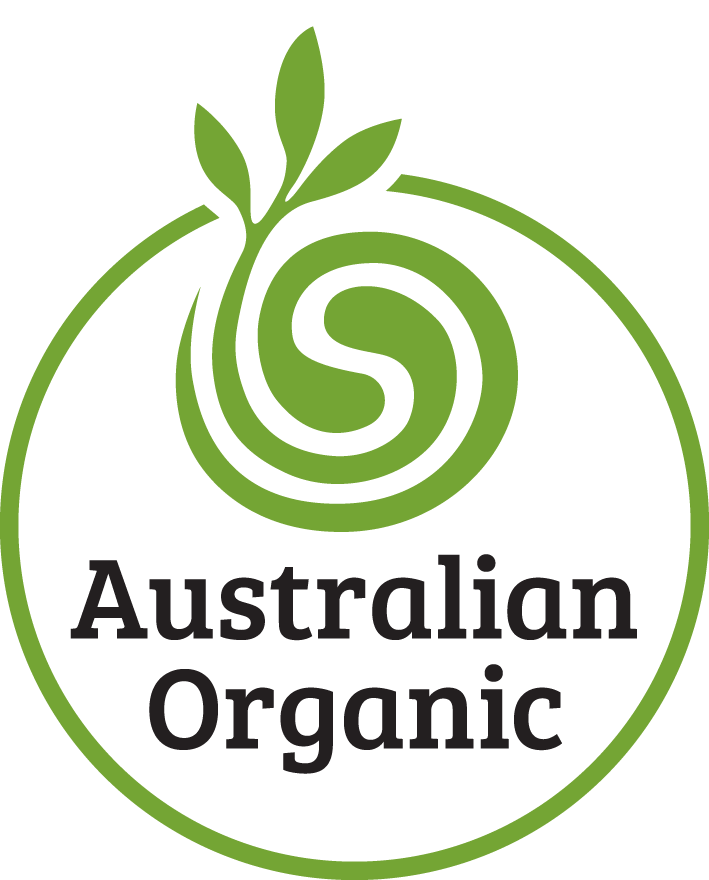
The COGS Constitution states that “organic gardening principles must be complied with at all times in the community gardens”. While COGS is not engaged in commercial agriculture or horticulture it has adopted the National Standard for Organic and BioDynamic Produce as the overarching standard governing its practices in community gardens. Organic certifiers in Australia are required to apply this standard as a minimum for products placed on the market that claim to be produced under organic or bio-dynamic systems. To give practical effect to this policy, COGS also applies the Australian Certified Organic Standard – specifically, its General Primary Production and Crop Production Inputs standards – in its operations of community gardens. Australian Organic (AO) is a preeminent certifier in Australia. The Australian Certified Organic Standard is comprehensive and detailed in terms of permitted materials, one of the strictest in Australia and aligned with relevant international standards. Approved inputs and products under this standard are readily identified by gardeners and consumers by the Australian Certified Organic green bud logo.
In its simplest terms, organic gardening is the cultivation of plants as part of a sustainable management of a healthy eco-system without the use of artificial fertilisers or pesticides or herbicides. It aims to work with nature to optimise the conditions for healthy plants (and food), constantly improving the health of soils and managing pests and weeds through preventative and biological controls.
The organic gardening principles applied by COGS can be summarised as:
- Maintenance or enhancement of the quality of the garden environment, including the protection of biodiversity.
- Sustainability through use of recycling and biological cycles in the garden that minimise use of external inputs, including energy, water and non-renewable resources.
- Production of naturally safe, high quality nutritious food.
- Maintaining or improving the fertility of soils.
- COGS experience with community gardens in Canberra since 1982 has proved the practicality of applying organic principles to grow nutritious and plentiful fruit and vegetables in an environmentally sustainable manner in an urban environment.
Working together
The community aspect of COGS gardens is emphasised in the COGS Constitution:
“…garden committees are behoven to administer gardens in a manner which promotes the spirit of harmony, fair-mindedness and goodwill amongst gardening members. Likewise, individual plot holders are to conduct themselves in a manner which promotes the same spirit, the spirit viewed by COGS to be essential to a true sense of community well-being”.
Community values are essential to the shared processes in the garden (eg composting) and the development and maintenance of communal facilities (eg sheds and water reticulation), common areas such as pathways and sharing gardens and fruit trees. Gardens will often have working bees.
Garden Administration
The overall administration of COGS gardens is the responsibility of the COGS committee, although the gardens are expected to manage their ongoing operations implementing the General Garden Rules and Policies. The day-to-day operation of the gardens is delegated to individual garden convenors who are assisted and advised by local garden committees. Garden convenors and committees are elected by all plot holders at the Annual General Meeting of each garden that is usually held in August or September each year.
Gardens are funded through annual plot levies that cover the cost of insurance, water, repairs and maintenance and depreciation. All plot holders must be financial members of COGS and pay all plot levies when due.
Garden Rules
General Community Garden Rules [COGS Constitution – Appendix 2]
Code of Ethics
It is the intention of COGS that its community gardens will demonstrate the practical application of organic gardening principles and be an example of community cooperation.
Garden committees are to administer the gardens to promote a spirit of harmony, fair-mindedness and goodwill amongst garden members.
Plot holders are to:
- conduct themselves in a spirit of harmony, fairmindedness, and goodwill
- be mindful that COGS’ gardens are located on public land which is made available for their private use
- keep in mind the impact of their decisions and actions on fellow gardeners; and
- ensure their plots are in an improved organic condition when they leave.
General Rules
The rules set out below apply to COGS’ community gardens. Garden committees may make additional rules to address local conditions. Additional rules must be submitted to COGS’ Secretary for committee endorsement.
Organic principles
- [1] Organic gardening principles must always be complied with in the community gardens. Non-organic pesticides, herbicides or inorganic fertilisers are not to be used.
- [2] The organic principles for COGS’ gardens draw on the National Standard for Organic and Bio-Dynamic Produce (edition 3.7 September 2016); recommendations for allowable inputs are set out on the COGS’ website.
Garden members
- [3] Garden members must be financial members of COGS.
- [4] A COGS’ member may be allocated a plot in one garden at a time.
- [5] Garden members must not interfere with other plots or other members’ property.
- [6] Garden members may not remove COGS’ property from any garden without the permission of the garden committee.
- [7] Garden members are responsible for the actions of Associate Members linked to their membership, their children, pets, and guests.
- [8] Garden members shall not grow produce for commercial sale or engage in other commercial activities at the garden.
- [9] All garden members must abide by rules relating to watering issued by ICON Water or the COGS’ committee and all relevant ACT laws.
- [10] Damage to garden equipment must be reported immediately to the Convenor or a garden committee member.
- [11] Garden members must inform the Convenor when plots are no longer required and ensure that their gate key (if used) is returned.
- [12] Plots cannot be transferred between members.
- [13] It is the responsibility of a gardener to let the Convenor know if they expect to be away or unable to work their plot for health or other reasons for more than two months.
- [14] Fires for burning rubbish are not permitted. Cooking fires are permitted within a designated firepit area and must be conducted in accordance with relevant warnings and fire bans.
- [15] Livestock of any kind, including poultry, cannot be kept in a COGS’ garden.
- [16] Beehives belonging to a registered beekeeper may be kept in a garden with unanimous agreement of garden members. The hives remain the responsibility of the beekeeper.
- [17] Permanent structures are not permitted on plots. Portable lockers for equipment storage not exceeding 1.5m width, 1m depth and 0.5m in height are allowed.
- [18] Camping and vehicle or trailer storage is not permitted in COGS’ gardens. Materials not specifically related to garden activities cannot be stored in COGS’ gardens.
- [19] It is the responsibility of the last plot holder leaving a garden to lock gates and sheds and turn off the water, regardless of whether the plot holder opened them or turned on the water.
Convenors and garden committees
- [20] The members of each garden must elect a garden Convenor (chair) and a garden committee in accordance with Part IV of the constitution. The names of these people and the positions to which they have been elected must be given to the Community Garden Coordinator within 14 days of the election.
- [21] The garden committee is responsible for plot allocation and keeping a register of plot holders, a list of vacant plots and a listing of applicants for plots, and for the safe keeping and allocation of garden keys if keys are used.
- [22] Additional local garden rules will cover the operation of the garden and may include such matters as:
- access of dogs and cats to community gardens
- maximum size of plot holdings
- disposal of weeds and rubbish
- cultivation of canes and other invasive species, including prohibition of specific plants
- maintenance, including working bees, and emergency procedures; and
- use, cleaning, repair, and replacement of garden equipment.
Disputes and infringements of rules
- [23] Garden Convenors should act as mediator in resolving disputes between gardeners in line with the dispute resolution process set out in the Convenors’ handbook.
- [24] Infringements of the garden rules should in the first instance be dealt with by the garden committee in line with the dispute resolution process set out in the Convenors’ handbook. If unresolved, these should be brought to the attention of the COGS’ committee by the garden convenor for resolution.
Unkempt and abandoned plots
- [25] The holder of a plot which in the reasonable opinion of the garden committee, has been overgrown or neglected for two months or more, may be given notice by the garden Convenor by post or email that the condition of the plot must be rectified within 30 days of receipt of the notice to the standard of a reasonably well-maintained plot. If the plot has not been rectified to that standard within 30 days, it may be resumed by written notice from the garden Convenor to the plot holder. Plot fees will not be refunded.
- [26] Any plot which in the reasonable opinion of the garden committee has been abandoned, may be resumed by the committee by giving written notice to the plot holder at their last known email or postal address. Resumption will take effect upon the giving of the notice.
COGS Community Gardens Policies
Garden members responsibilities
- Garden members must at all times comply with the COGS General Community Garden Rules as set out in Appendix 4 of the COGS Constitution and the local garden rules in place in their garden.
- Members plots must be maintained throughout the year. Unattended or neglected plots may be resumed according to the conditions set out in the local garden rules.
- Garden members are expected to contribute to the maintenance and upkeep of the communal areas of a garden. This involves regularly participating in activities such as working bees and mowing/whipper snipping/weeding communal areas.
- Garden members are expected to attend garden meetings and participate in the electing of garden convenors and committees and in the determining of local garden rules.
- Garden members must comply with any ACT Government water conservation measures in force as notified by ICON Water.
- Members are responsible for their private property left in gardens or a gardens’ sheds.
Water Conservation
In the interests of water conservation, the COGS Committee does not permit the use of sprinklers in community gardens at any time.
Herbicides in gardens
The COGS Community Garden Rules (clause 3) do not permit the use of herbicides on garden plots. The COGS Committee allows the use of organic herbicides registered by the Australian Certified Organic (ACO) in common areas of a community garden (eg pathways) provided their use is approved and supervised by a garden committee and consistent with the restrictions on these products imposed by the ACO standards; that is, they are only used as part of an integrated weed management program, which includes physical controls such as cultivation.
Livestock in gardens
Apart from bees, Garden members are not permitted to keep livestock in a COGS garden.
A garden committee may approve the keeping of bees by a garden member providing:
- the member is a registered beekeeper in the ACT and the hive(s) is also registered;
- the number of hives is limited to that agreed by the garden committee;
- hives are kept in a location that minimises any hazard to people in the garden; and
- the member beekeeper complies with the ACT Government’s Code of Practice for Beekeeping in Residential Areas of the ACT.
Wildlife-friendly netting
The only netting permitted in COGS community gardens is material that is wildlife-friendly and properly secured to prevent birds, mammals, reptiles or other wildlife becoming trapped with serious risk of injury or death (see the Wildlife Friendly Netting page)
COGS banned the use of thin nylon mono-filament netting in 2014.
The use of CCA and Creosote treated timber in gardens
The use of timber treated with copper chromium arsenate (CCA) or Creosote is no longer permitted in any COGS garden. The COGS Committee has in specific cases allowed this treated timber to remain in a garden where it was installed prior to 2007.
Structures permitted in COGS gardens
Garden rules in individual community gardens may set specific conditions for erecting structures in individuals plots such as:
- compost bins;
- those which support growing plants eg trellises; and
- those which support approved bird netting to protect crops, provided that concrete footings are not used.
Structures in communal areas which do not require specific individual approval by the Committee are:
- a communal lockable shed;
- pergolas;
- green/glasshouses;
- trellises and bird netting support for communal crops.
Sheds, pergolas and green/glasshouses must comply with the appropriate Australian Standards, eg footings for pergolas must comply with AS2870 and timber members must comply with AS1684.2.
Any structures, other than those listed above, require approval by the COGS Committee before construction begins. All structures must be safe and must not pose any risk to other gardeners or the general public.
All structures must be of an aesthetic standard appropriate for the surrounding neighbourhood and of sufficient standard not to bring COGS or the garden into disrepute. The final arbiter of the acceptability of the aesthetic standard of any structure will be the COGS Committee.
Thinking of Establishing a Community Garden?
COGS has prepared a paper that provides information and links to resources to help those interested in establishing a new community garden in the ACT called Thinking about establishing a community garden in Canberra? Please consider downloading and reading this document before contacting COGS for further information.
Garden Locations
